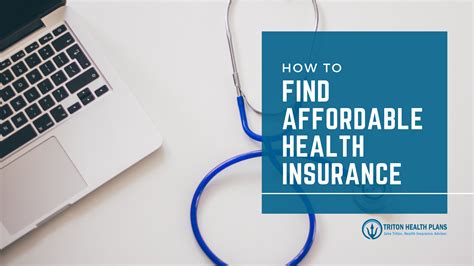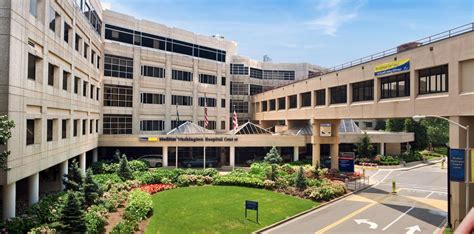Finding affordable health care can be a daunting task, especially for those with limited incomes or without health insurance. The cost of medical care in the United States is notoriously high, and navigating the system to find affordable options can be overwhelming. However, there are several strategies and resources that can help individuals find affordable health care near them.
First, it’s essential to understand the different types of health care providers and facilities that offer affordable services. Community health centers, also known as federally qualified health centers (FQHCs), are non-profit organizations that provide primary and preventive care to underserved populations. These centers offer a range of services, including routine check-ups, vaccinations, and dental care, often at reduced costs based on a patient’s income. To find a community health center near you, visit the Health Resources and Services Administration (HRSA) website, which provides a comprehensive directory of FQHCs across the country.
Another option for affordable health care is free clinics, which are typically funded by private donations and staffed by volunteer healthcare professionals. Free clinics often provide basic medical services, such as blood pressure checks, diabetes screenings, and flu shots, at no cost to patients. While these clinics may not offer comprehensive care, they can be a vital resource for those in need of immediate attention. The National Association of Free & Charitable Clinics (NAFC) website is an excellent resource for finding free clinics in your area.
In addition to community health centers and free clinics, many hospitals and health systems offer financial assistance programs (FAPs) to patients who cannot afford medical care. These programs often provide discounted or free care to patients who meet certain income guidelines. To explore FAPs in your area, contact the patient financial services department of local hospitals or health systems to inquire about their programs and eligibility requirements.
The Affordable Care Act (ACA), also known as Obamacare, has expanded health insurance coverage to millions of Americans, including those with pre-existing conditions. While the ACA has faced numerous challenges and changes, it remains a vital resource for individuals seeking affordable health insurance. The Health Insurance Marketplace, which is operated by the federal government, allows individuals to compare and purchase health insurance plans during open enrollment periods. Moreover, many states have expanded their Medicaid programs, which provide health coverage to low-income individuals and families.
For those struggling to afford prescription medications, there are several programs and resources available. The National Council on Aging (NCOA) offers a free online tool, BenefitsCheckUp, which helps older adults and people with disabilities find programs that can assist with prescription drug costs. Additionally, many pharmaceutical companies offer patient assistance programs (PAPs), which provide free or discounted medications to eligible patients.
In conclusion, finding affordable health care requires some research and effort, but there are numerous resources and strategies that can help individuals access quality medical care at a lower cost. By exploring community health centers, free clinics, financial assistance programs, the Affordable Care Act, and prescription assistance programs, individuals can navigate the complex health care system and find affordable options near them.
- Visiting community health centers or FQHCs for primary and preventive care
- Exploring free clinics for basic medical services
- Contacting hospitals and health systems about financial assistance programs
- Utilizing the Affordable Care Act and Health Insurance Marketplace for health insurance options
- Investigating prescription assistance programs and patient assistance programs for affordable medications
To further assist in the search for affordable health care, the following FAQs provide additional information and guidance:
What is the difference between a community health center and a free clinic?
+Community health centers are non-profit organizations that provide comprehensive primary and preventive care, often with a sliding fee scale based on income. Free clinics, on the other hand, typically offer basic medical services at no cost, often with limited hours and services.
How do I qualify for financial assistance programs at hospitals or health systems?
+Eligibility requirements for financial assistance programs vary by hospital or health system, but often include income guidelines, family size, and residency requirements. Contact the patient financial services department to inquire about specific programs and eligibility criteria.
Can I still enroll in the Affordable Care Act if I missed the open enrollment period?
+Yes, individuals may be eligible for special enrollment periods (SEPs) if they experience certain life events, such as losing job-based coverage, getting married, or having a baby. Additionally, some states have extended open enrollment periods or offer year-round enrollment for certain populations.
By understanding the various options and resources available, individuals can take the first step towards accessing affordable health care and improving their overall well-being. Remember, finding affordable health care is a process that requires patience, persistence, and exploration of the various resources and programs available.



